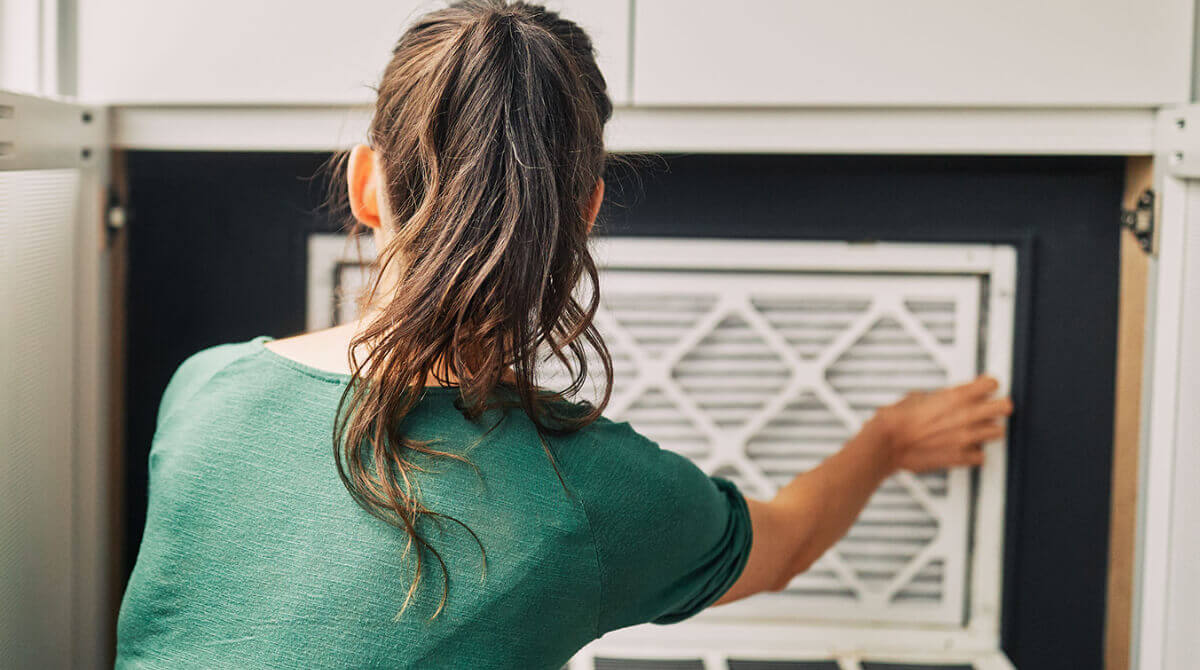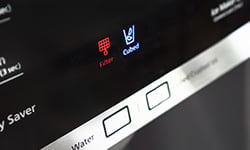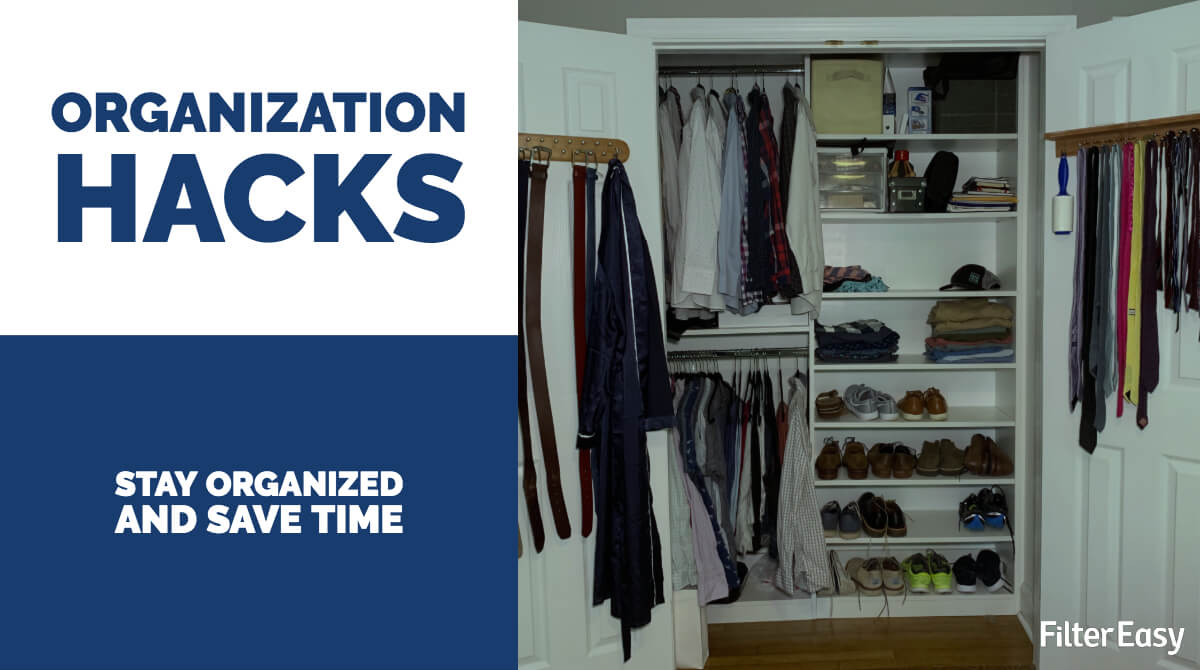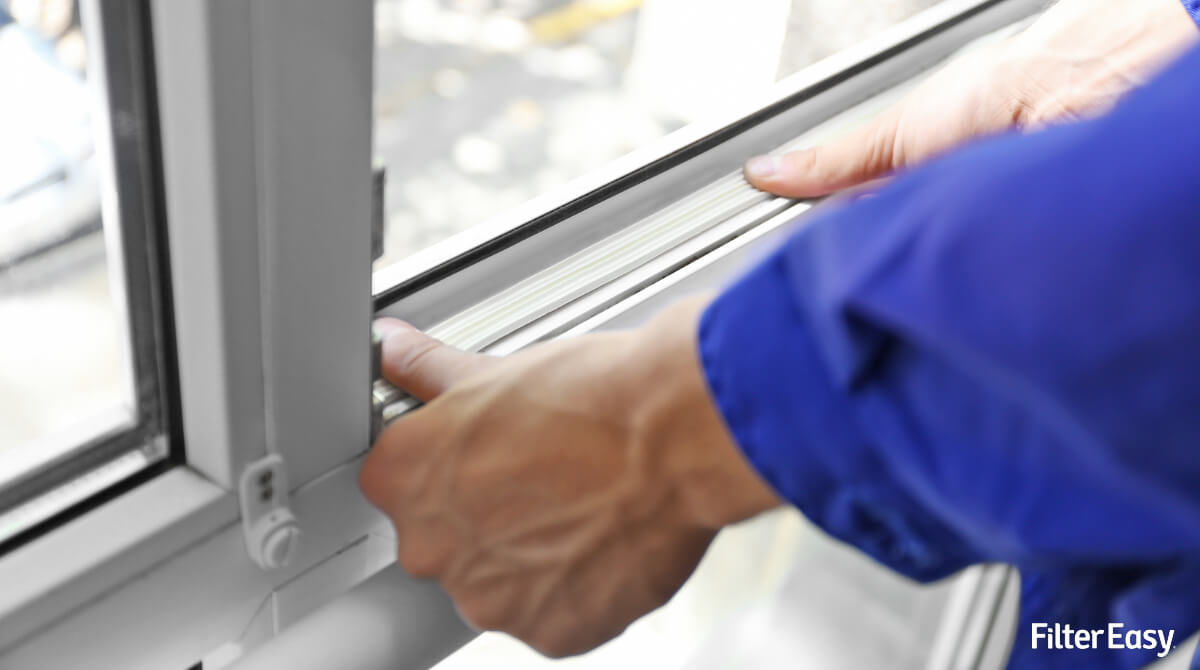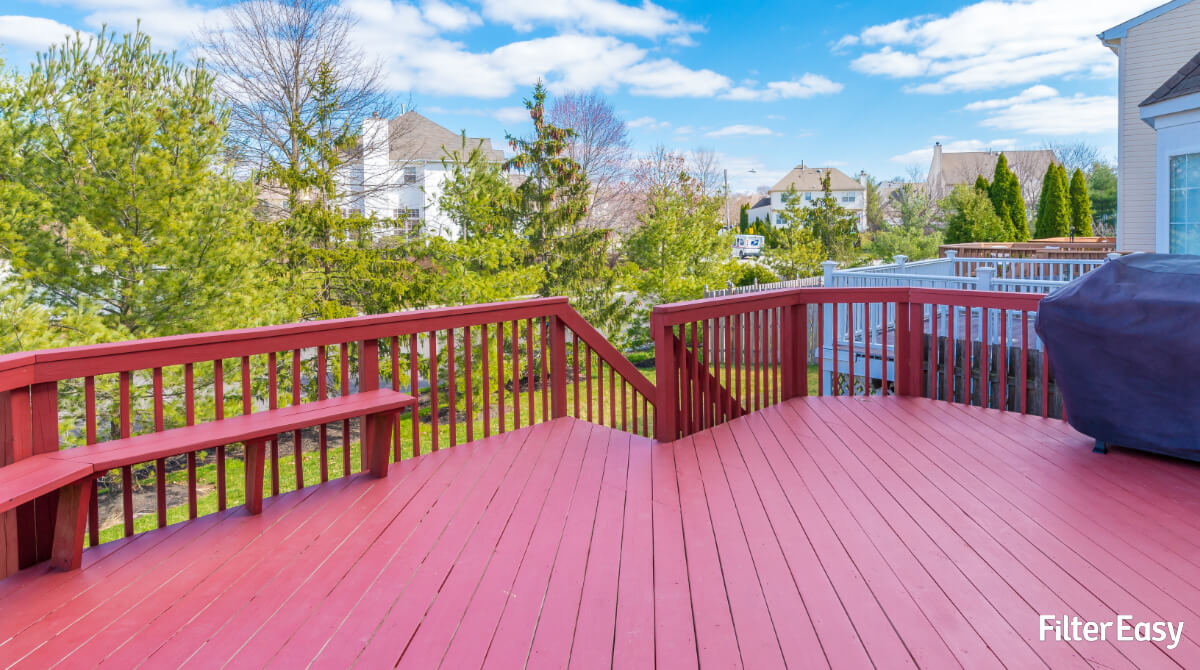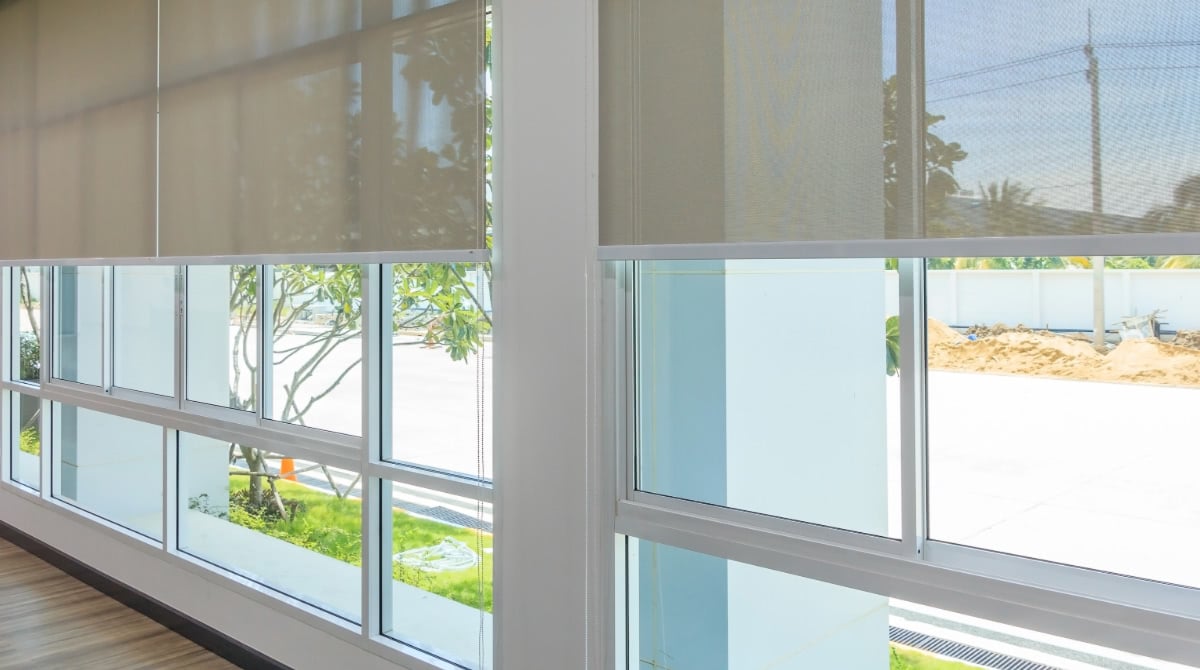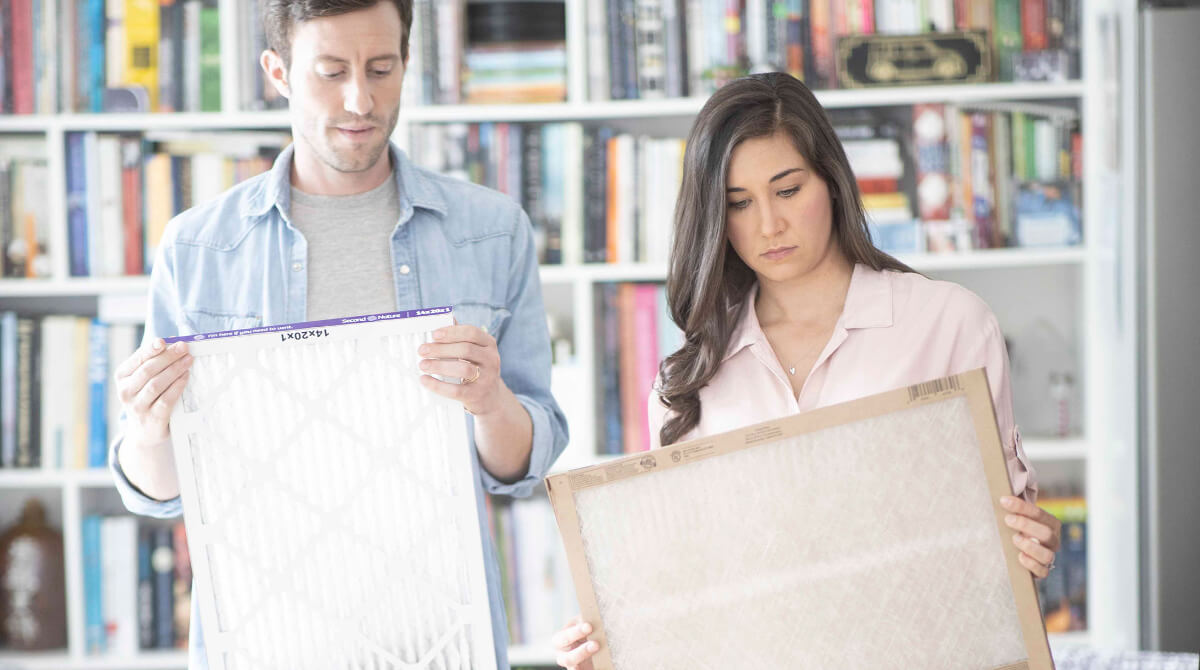
Can Air Filters Protect You From the Flu?
Studies suggest they can. We know that air filters help your indoor air quality. We know that they filter allergens like pollen and dust out of the air and that they protect your HVAC system from exposure to lots of crud that can cause breakdowns. But can air filters help fend off sicknesses as well? Obviously, air filters aren’t going to make you immune to sickness, but can they filter pathogens like the flu virus out of the air? The answer may surprise you, or it might not, depending on how much you know about air filters. The experiment So can air filters actually decrease your chances of catching certain infectious diseases? Well, yes, according to a recent study from the Illinois Institute of Technology. The study, which was prepared for NAFA by Dr. Brent Stephens of the aforementioned institution, set out to determine the effectiveness of HVAC filter filtration on the probability of an individual contracting infectious diseases. The study can be found here, but it’s a ton of reading with lots of words, so we’ll summarize it for you. The experiment used a risk of transmission equation known as the Wells-Riley Model to test air filters of different MERV ratings and their respective ability to remove droplet nuclei from the air. Now, what on earth does any of that mean? MERV: rating scale from 1-16 that grades the effectiveness of air filters. An 11 is solid. Droplet nuclei: Droplets are little particles of moisture that you expel through your mouth and nose when you breathe or cough. These droplets contain particles within them, some of which are pathogens. As the moisture evaporates, the particles within remain together suspended in the air. They form the droplet nucleus. This is commonly how airborne diseases get transmitted. Wells-Riley Model: This is just a math equation used to determine the risk of infection based on a number of factors such as the number of infector individuals, exposure time, and other things. Dr. Stephens used this model and some assumptions about the particle size of droplet nuclei to test the effectiveness of HVAC filters against these pathogen carrying particles and the subsequent effect on the risk of contraction. The tests were conducted in three hypothetical environments (office building, school, hospital) with three different infectious diseases per environment (Influenza, Rhinovirus, Tuberculosis). The Results The results of the experiment backed up the idea that increasing the MERV rating of your air filter can result in decreased risk of contraction of the tested infectious diseases. Below is the chart from the experiment, which illustrates the decreasing risk of Influenza in a school environment. The chart illustrates that, if no filter at all is used, there is a 32.3% risk of contraction if one person with the flu spends eight hours at a school of 35 people. Eleven people would be expected to contract the flu virus based on this. It’s worth noting here that if you use a filter, but it is a garbage one like a MERV 4 or fiberglass, the risk level does decrease, but minimally. However, opting for a MERV 13 filter cuts the risk level by about two-thirds, resulting in seven fewer people getting sick under the exact same circumstances. Below are the charts for Tuberculosis and Rhinovirus (common cold), which follow similar trends but with less risk in general, as they are less contagious diseases than Influenza. The trend holds true in the office and hospital setting also. You can see those charts here. Source: Wells-Riley & HVAC Filtration for infectious airborne aerosols, NAFA Foundation Report So should I use a better filter? You should. Using a MERV 13 filter will not make you immune from the flu or other viral infections, but, according to the study, it can decrease the odds of you or a family member catching it in your home. MERV 13 filters, such as Second Nature’s Health Shield, are about the most effective filters against small particles you can buy short of the HEPA variety. The experiment projects a MERV 13 filter will catch about 87% of droplet nuclei that pass through. A MERV 4 is only expected to catch 11%. So yes, you should opt for a better air filter.
February 6, 2023
Read more


